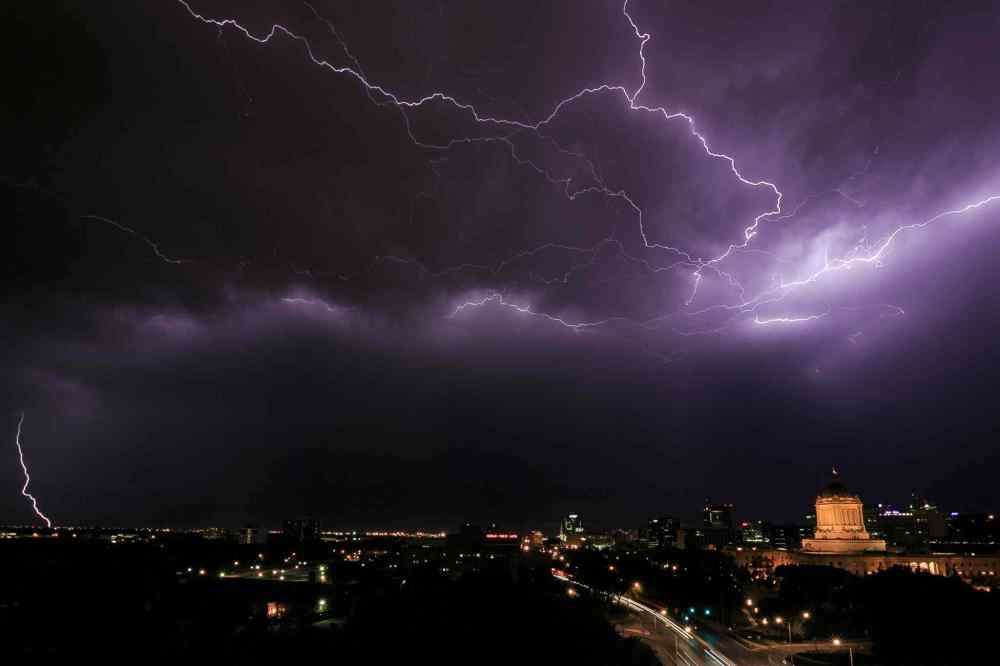Lightning awed
Electrifying stories about bolts out of the blue
Advertisement
Read this article for free:
or
Already have an account? Log in here »
To continue reading, please subscribe:
Monthly Digital Subscription
$1 per week for 24 weeks*
- Enjoy unlimited reading on winnipegfreepress.com
- Read the E-Edition, our digital replica newspaper
- Access News Break, our award-winning app
- Play interactive puzzles
*Billed as $4.00 plus GST every four weeks. After 24 weeks, price increases to the regular rate of $19.00 plus GST every four weeks. Offer available to new and qualified returning subscribers only. Cancel any time.
Monthly Digital Subscription
$4.75/week*
- Enjoy unlimited reading on winnipegfreepress.com
- Read the E-Edition, our digital replica newspaper
- Access News Break, our award-winning app
- Play interactive puzzles
*Billed as $19 plus GST every four weeks. Cancel any time.
To continue reading, please subscribe:
Add Free Press access to your Brandon Sun subscription for only an additional
$1 for the first 4 weeks*
*Your next subscription payment will increase by $1.00 and you will be charged $16.99 plus GST for four weeks. After four weeks, your payment will increase to $23.99 plus GST every four weeks.
Read unlimited articles for free today:
or
Already have an account? Log in here »
Hey there, time traveller!
This article was published 04/06/2016 (3416 days ago), so information in it may no longer be current.
When it strikes, it can truly be a devastating and deadly bolt from the blue.
Environment Canada estimates there are roughly 10 lightning-related deaths, and up to 164 lightning-related injuries, in this country every year.
“The majority of lightning-related fatalities and injuries in Canada occur in Ontario,” the weather office notes on its website. “Over 90 per cent of lightning deaths reported in vital statistics since 1921 have occurred in Ontario, Quebec, Saskatchewan, Alberta and Manitoba.”
The power of lightning has been on terrifying display in the past week. In Paris, eight children and three adults were struck last Saturday in a park when a sudden storm sent a bolt crashing down on a children’s birthday party. One child, whose heart had to be restarted, reportedly remains in critical condition.
In western Germany, another group of people at a children’s soccer match were hit by lightning last Saturday afternoon, leaving three adults seriously injured.
In South Dakota last week, news reports say 21 cows died when they gathered around a metal feeder as storms loomed. A bolt hit the feeder, electrifying the animals and killing them on the spot.
In an effort to make this topic even more alarming, here’s a look at our Top Five Electrifying Tales of People and Places Getting Zapped by Lightning:
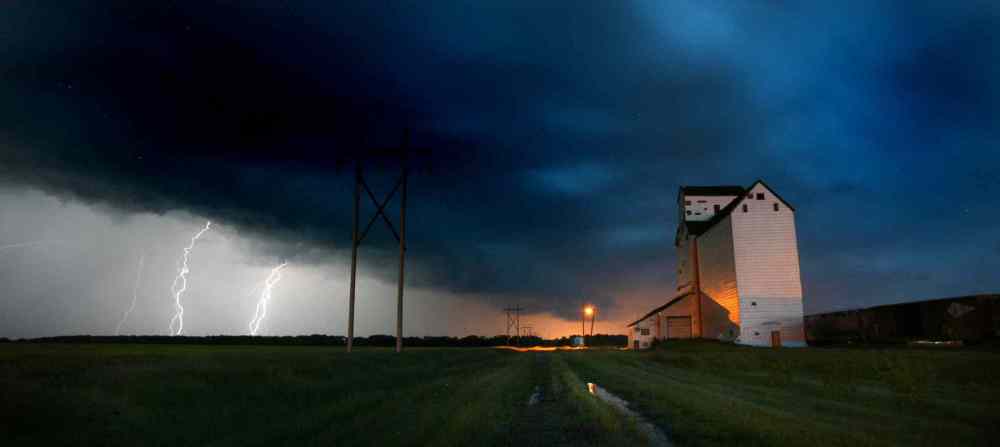
5) Churches and Gunpowder Don’t Mix
In the 18th century, church vaults were often used to store large quantities of gunpowder. Surprisingly, it turns out this was not such a brilliant idea.
The thing is, churches and castles, what with typically being the tallest buildings around, were extremely vulnerable to lightning strikes. Hundreds of church bell-ringers were killed over the centuries thanks to the mistaken belief that ringing the bells would ward off lightning.
On Aug. 18, 1769, the city of Brescia in northern Italy was devastated when a lightning bolt struck the tower of St. Nazaire. This might not have been such a big problem, except for the fact about 90,000 kilograms of gunpowder was stored in the vaults by the Republic of Venice.
The resulting explosion was so horrific it destroyed a sixth of the city and killed up to 3,000 people, though reports of the death toll vary widely. The blast sent stones hurtling for about a kilometre.
Not surprisingly, the Roman Catholic Church withdrew its religious objection to lightning rods after the tragedy. More surprisingly, people continued to store gunpowder in church vaults.
On April 3, 1856, a lightning strike obliterated a large part of the population of the Greek island of Rhodes because its Turkish rulers used the 14th-century Palace of the Grand Masters and its attached Church of St. Jean as an ammo dump.
When lightning struck the church, the gunpowder exploded and as many as 4,000 people were killed.
The palace was reduced to a pile of rubble that sat on Rhodes for almost a century.
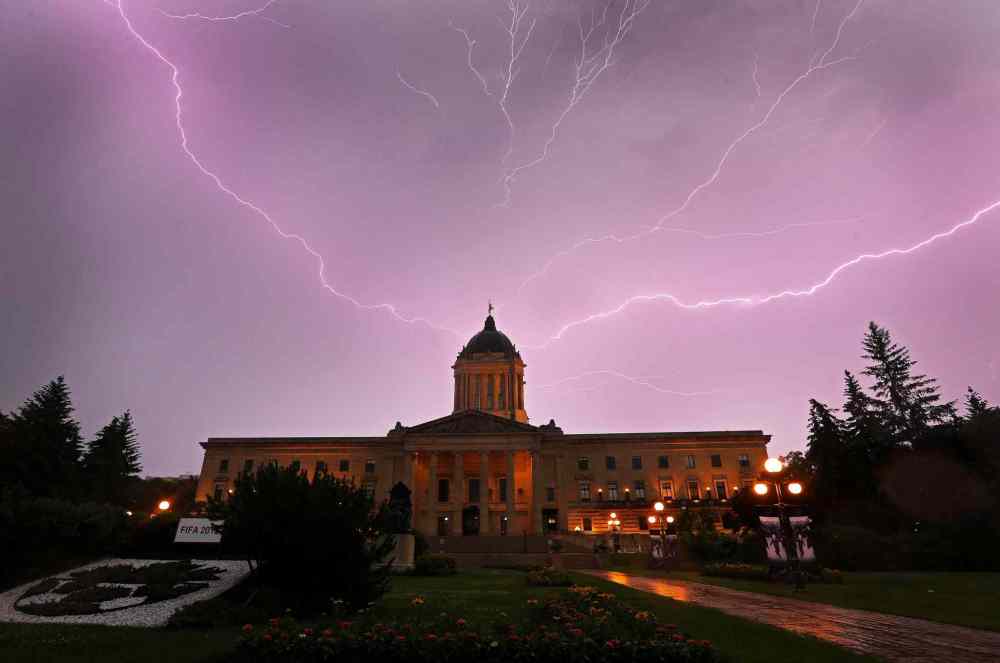
4) The Girl Who Fell to Earth
On Christmas Eve 1971, Peruvian-German teenager Juliane Koepcke, 17, and her mother boarded Lansa Flight 508 for a trip from Lima, Peru, to Pucallpa in the Amazonian rainforest.
Juliane’s parents, both famous zoologists, ran a research station in the jungle studying wildlife. “We knew the airline had a bad reputation, but we desperately wanted to be with my father for Christmas, so we figured it would be all right,” Koepcke told CNN in 2009.
Things were OK on the flight for about 25 minutes until “to the right we saw a bright flash and the plane went into a nosedive. My mother said, ‘This is it!’”
Investigators later determined a lightning bolt had hit one of the fuel tanks of the Lockheed Electra turboprop, tearing the right wing off.
As the plane broke into pieces, Koepcke was flung into the open air. “Suddenly, there was this amazing silence,” she told CNN. “The plane was gone. I must have been unconscious and then came to in mid-air. I was flying, spinning through the air and I could see the forest spinning beneath me.”
Without a parachute, strapped into her chair, the teenager fell more than three kilometres into the jungle canopy, but somehow survived with only minor injuries.
Everyone else on the plane, 91 people in all, were killed. “Maybe it was the fact that I was still attached to a whole row of seats,” she said. “It was rotating much like the helicopter and that might have slowed the fall. Also, the place I landed had very thick foliage and that might have lessened the impact.”
With a broken collarbone, right eye swollen shut, a concussion and large gashes on her arms and legs, she marched for 10 days through the rainforest, wading through jungle streams infested with crocodiles. Her wounds were quickly infested with maggots.
Starved and exhausted, she was finally rescued by Peruvian lumberjacks. Now a librarian at the Zoological Center in Munich, she is better known as the Miracle Girl or the Girl Who Fell to Earth.
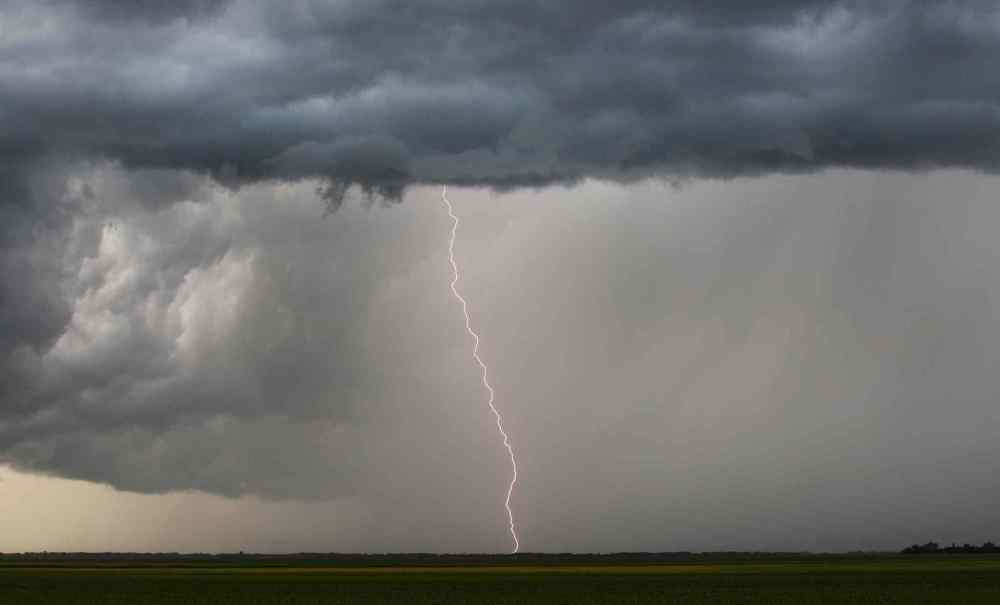
3) Canada’s Human Lightning Rod
They say lightning never strikes the same spot twice, but don’t bother telling that to Maj. R. Summerford. It would be a waste of time anyway because the major died about 84 years ago.
There are bits and pieces about Summerford all over the Internet, but it’s generally agreed he was a British cavalry officer in the First World War.
As the story goes, in 1918, while galloping across the fields of Flanders, he was struck by a bolt of lightning that reportedly killed his horse and left Summerford temporarily paralysed from the waist down. The major was invalided out of the military and retired to Vancouver, where he became a keen fisherman.
In 1924, he was fishing in a river with three fellow anglers when a bolt of lightning crashed into the tree he was sitting under and paralysed either his right or left side, depending on the source.
Two years later, Summerford had recovered to the point where he was once again able to stroll through his favourite Vancouver park. You know where this is going, so we’ll get right to it: in the summer of 1930, while enjoying his daily walk, another lightning bolt sought him out and left him permanently paralysed.
Two years later, he died and was laid to rest in a peaceful corner of a Vancouver cemetery.
Is that the end of his electrifying tale? Well, no, because in June 1934 lightning lashed down on the cemetery and smashed a tombstone to pieces. Whose gravestone got hit? Dozens of reports insist it belonged to Summerford.
In addition to being crowned Canada’s Human Lightning Rod, the major also earned the No. 1 spot on the blog DailyCognition’s list of the Seven Unluckiest People in the World.
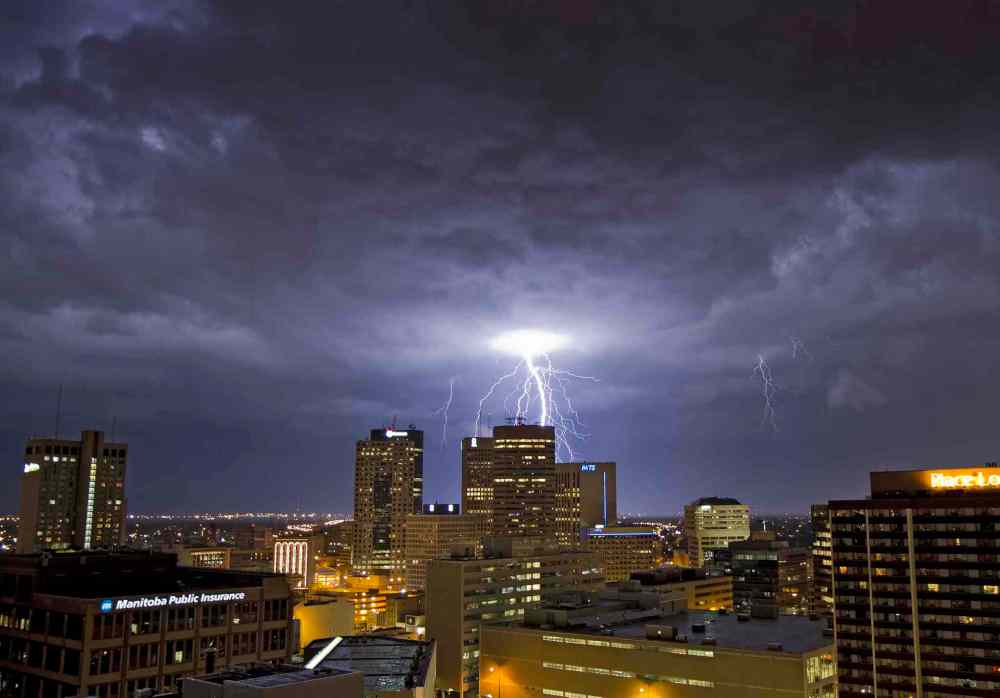
2) The Spark Ranger
Is seven a lucky number? Well, for most of us the answer is probably yes, but it definitely wasn’t lucky for U.S. park ranger Roy Cleveland Sullivan. Between 1942 and 1977, Sullivan was zapped by lightning on seven different occasions and survived them all, which is why this longtime fixture of Shenandoah National Park in Virginia became known far and wide as “the Spark Ranger.”
He currently is recognized by Guinness World Records as the person struck by lightning more recorded times than any other (though a South Carolina senior named Melvin Roberts recently claimed on ABC News he’d been zapped 10 times).
All seven of Sullivan’s strikes were documented by the superintendent of Shenandoah, R. Taylor Hoskins. Here’s an abbreviated glimpse at Sullivan’s strikes:
- Zapped in 1942 while hiding from a thunderstorm in a fire lookout tower;
- Hit in July 1969 while driving his truck on a mountain road;
- Had his left shoulder seared while standing in his front yard near a power transformer;
- Had hair set ablaze while working inside a ranger station in the park, which is when he began to think something was out to get him;
- On Aug. 7, 1973, he was hit after a patrol by a bolt that moved down his left arm and left leg and knocked off his shoe;
- On June 5, 1976, he injured his ankle when he tried to flee a menacing cloud and was struck;
- Finally, on June 25, 1977, he was struck while fishing in a freshwater pool. During that incident a bear tried to steal a trout from his fishing line, wherein Sullivan batted the bear away with a tree branch.
The odds of getting hit seven times? They are rated as 4.15 in 100,000,000,000,000,000,000,000,000,000,000.
In the end, on Sept. 28, 1983, Sullivan died at the age of 71 from what is believed to have been a self-inflicted gunshot wound.
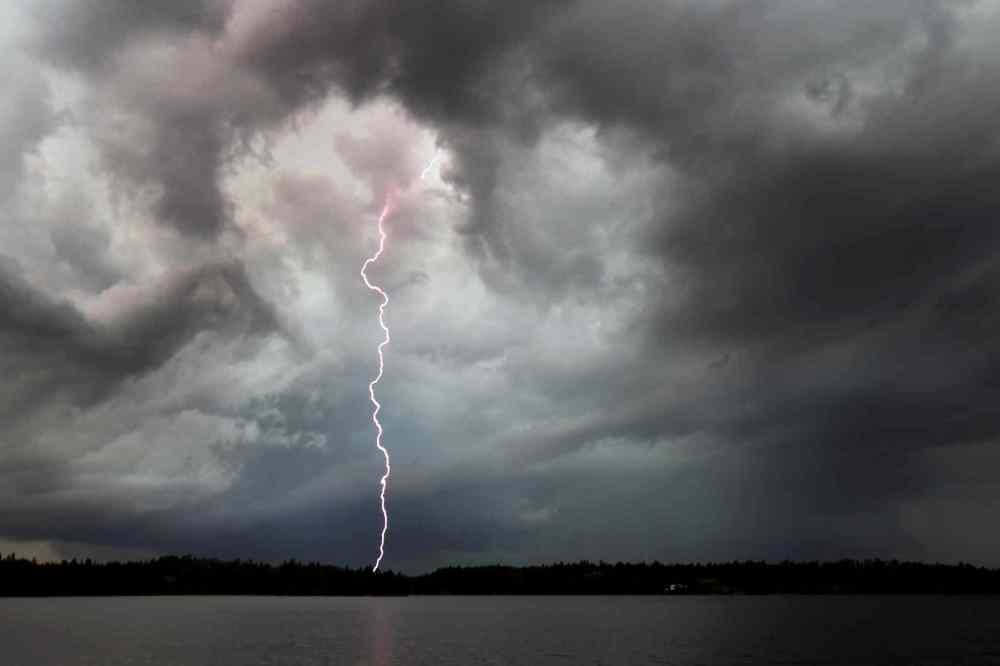
1) The Luckiest Canuck Still Alive
The odds of getting struck by lightning in Canada are generally considered to be less than one in a million.
The odds of winning the Atlantic Lotto 6/49 have been pegged at one in 13,983,816.
And the odds one person will get hit by lightning AND win the lottery? Couldn’t happen, right?
Well, think again, because it happened in July 2015 when Nova Scotia’s Peter McCathie, who survived being hit by lightning as a teenager, split the $1-million Lotto 6/49 prize with co-worker Diana Miller.
McCathie’s odds-defying brush with death came on a boat trip when he was 14 and wading through shallow waters near the shore of a lake. “I was trying to lock the boat up, it was a very sunny day, there was one big, white cloud in the sky and the lightning bolt came through the trees and hit me,” he told CTV Atlantic in 2015.
Surviving an ordeal with lightning is something of a family tradition, as his daughter was also zapped a few years ago while working as a wilderness guide in Manitoba. “They had pulled off the lake due to storms, so she was locking all the canoes, making sure they weren’t going to get blown away, and she got hit by lightning,” McCathie said.
In an extra taste of lotto luck, he received an additional $10,000 because he owns the Amherst Shore Country Store in Amherst Shore, N.S., where the co-workers bought their winning $3 ticket.
And the odds of getting hit by lightning and winning the lottery? They’re in the trillions, according to University of Moncton mathematics professor Sophie Leger. “By assuming that these events happened independently… so probability of lotto… times another probability of lightning — since there are two people that got hit by lightning — we get approximately one in 2.6 trillion,” Leger said at the time.
Of his lotto win, McCathie said: “I honestly expected to get hit by lightning again first.”
doug.speirs@freepress.mb.ca


